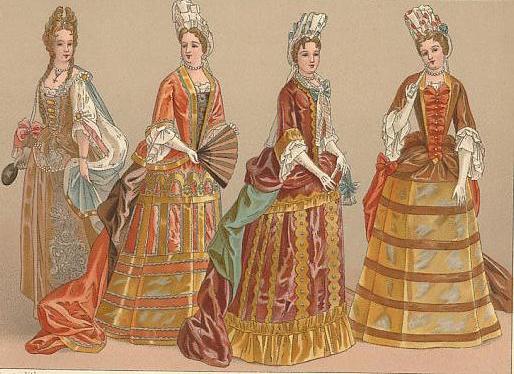“Baroque” describes both a period and the artistic style that dominated the 17th century. The baroque style originated in Rome, Italy, c. 1600, largely as an expression of Catholicism and the royal courts, and spread throughout Europe, lasting into the early 18th century.
Following the Counter Reformation in the 16th century, the Roman Catholic Church, the main patron of the arts in Europe, required new forms of art in ecclesiastical contexts to educate the masses and to strengthen the church’s spiritual and political positions.
Baroque painting not only includes portraits of saints and the Virgin, but also encompasses numerous styles and diverse themes—large-scale religious works with monumental figures that clearly convey a narrative, which were intended to convince worshipers to adhere to the church’s doctrines; heroic mythological and allegorical cycles, designed to engage the intellect of the viewer and glorify royalty; portraiture; and still life.
  |
Seventeenth-century painting comprises five stylistic categories. Caravaggio (1571–1610), who stressed painting from the model and the use of chiaroscuro, the strong contrast of shade and light, helped to spread naturalism from Rome into Italy, Spain, and the Netherlands.
Classicism, represented by Annibale Carracci (1560–1609) and his school, drew from Renaissance and Venetian sources to create works of great drama, vitality, and grandeur that appealed to the senses. Academic classicism, or the Louis XIV style, developed in France through the Royal Academy.
Peter Paul Rubens (1577–1640) popularized the later high baroque style, which emphasized unity of composition and context, rich color, emphasis on theatrical drama, and robust, monumental interacting figures. Painters in the Dutch Republic such as Vermeer (1632–75) introduced realism, using themes from everyday, contemporary life and giving great attention to faithfully reproduced detail.
 |
| Baroque fashion |
In Spain, Velázquez (1599–1660), Murillo (1618–82), Zurbarán, and Cotán created genre scenes and still life. Baroque relief sculpture and sculpture-in-the-round emphasized action and theatricality, employed a single optimal viewpoint, and often depended on context for interpretation.
Bernini (1598–1680), considered the greatest sculptor of the baroque era, worked in Rome and sculpted single, dramatic moments that expressed the subject’s inner psychology.
Architects of the baroque era, notably Bernini and Francesco Borromini (1588–1667) in Italy, Sir Christopher Wren (1632–1723) in England, Jules Hardouin-Mansart (1646–1708) and Louis Le Vau (1612–70) in France, and Johann Michael Fischer von Erlach (1656–1723) and Balthasar Neumann (1687–1753) in central Europe, created large, impressive buildings with an emphasis on complete spatial integration, in which all architectural elements work together to form a unified whole.
   |
Architects altered the planar, horizontal facades of the Renaissance style, embellishing outer facades with central bay projections, freestanding columns, niches, and classical ornament, which emphasized verticality and allowed light and shadow to play across the surface and enhance the sculptural effect of the monumental structures.
Architects developed circular, elliptical, elongated cross, and octagonal ground plans for religious and secular buildings. Architects often crowned these baroque structures with an interior dome, employed illusory interior trompe l’oeil effects, and made use of opulent ornament to intensify the dramatic experience for the viewer.
Musicians of the baroque era, such as Bach (1685–1750), Handel (1685–1759), Vivaldi (1678–1741), and Monteverdi (1567–1643), developed a contrapuntal style of imitative counterpoint, harmony, and elaborate ornamentation and popularized opera.
In literature, the English metaphysical poets explored metaphor and paradox, authors focused on allegory and metaphor, and the novel form gained in popularity.
